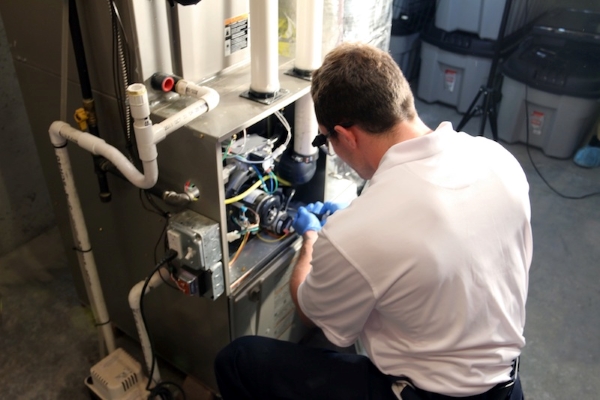Do you have questions about the performance of your furnace? As your furnace ages, you may begin to wonder when the best time to replace it is and if there are some guidelines that can help bring some clarity. We’ve been asked this question many times, so we understand what homeowners want to know about their furnace.
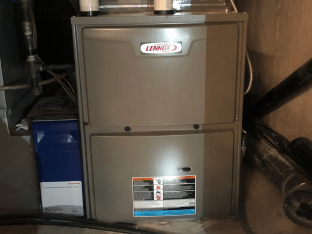
There isn’t one straight answer as to when it’s time to replace your furnace, but there are a number of things to look out for that can help you determine your furnace’s life expectancy and what the best choice is for you. It’s important to monitor the performance of your furnace and have a qualified technician conduct regular maintenance so you can stay ahead of any operational issues that come up.
Some of the common signs of ageing are:
- The Need for More Expensive Repairs
- Higher Energy Cost to Run Your Furnace
- Your Furnace Producing Loud or Weird Noises
Loud Noises During Standard Operation
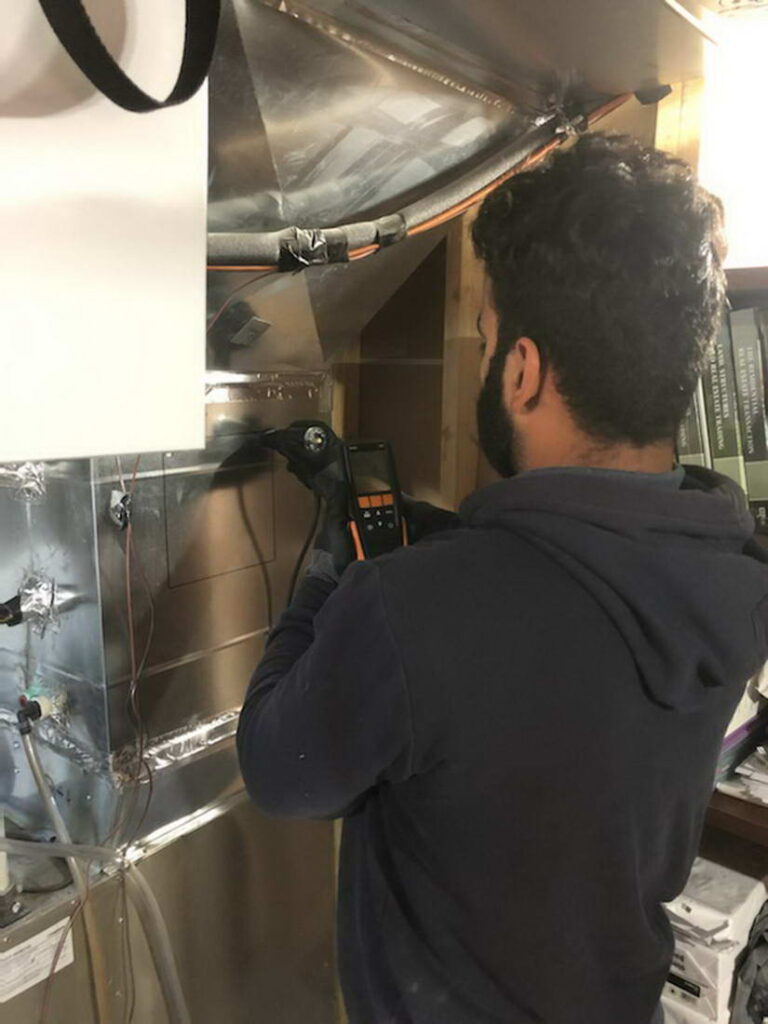
A furnace in good condition will emit some sound as the motor runs to keep your home comfortable, but if the sound becomes noticeably louder or you begin to hear some strange sounds coming from your furnace, it’s a sign that something is wrong and needs investigating.
Below are some examples of sounds you may hear and what they mean:
- Rattling – This sound is usually produced by a furnace when there is a loose part that needs to be tightened or replaced.
- Screeching – is your furnace making some high-pitched screeching sounds? This could be an indication that the furnace blower motor is damaged or the pulley needs to be replaced.
- Popping – various components within a furnace function best at certain temperatures. If you hear a popping sound, this could mean that the temperature within the furnace is irregular and causing the parts of your furnace that are sensitive to inconsistent temperature to make the popping sound you hear.
- Humming – As your furnace operates, the furnace blower motor will produce a humming sound. This is normal, but if you noticed that the noise becomes louder it could mean that your furnace is working overtime to heat your home and furnace replacement should be considered.
- Clicking – The flame sensor or igniter can make a clicking sound when it is damaged and in need of repair. This is a common and easy problem to correct.
Furnace Age Is Between 15 to 30 Years
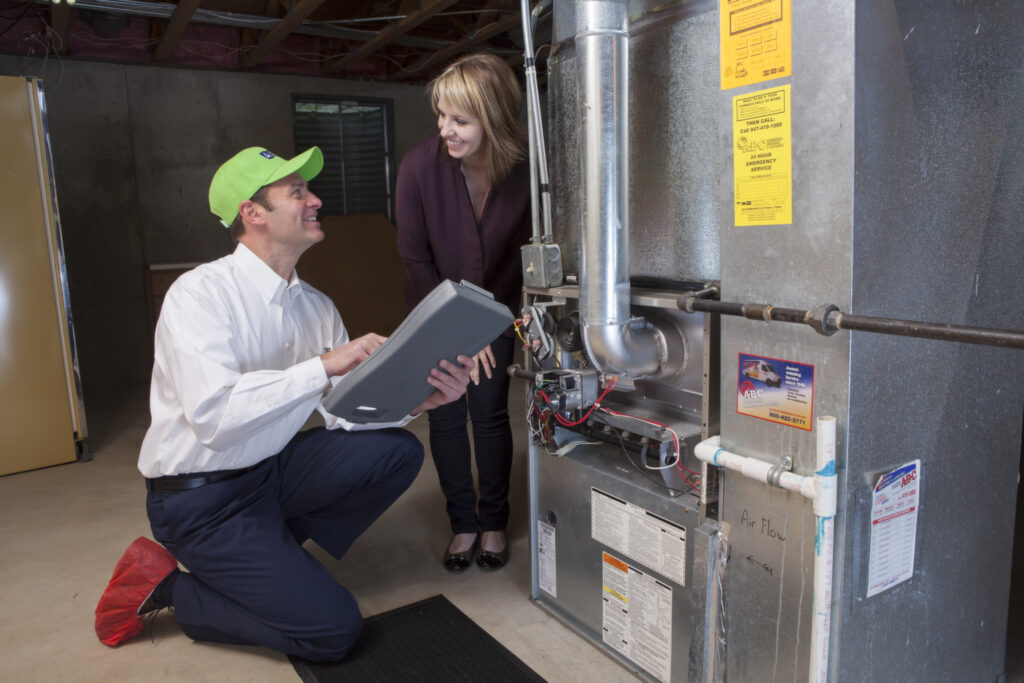
Knowing when your furnace was installed is important because it will give you an idea of how well it is performing and when to begin planning for furnace replacement. Typically, the life of a furnace is anywhere from 15 to 30 years. We recommend that homeowners begin looking into replacing a furnace when it is about 15 years old. While it’s natural to want to get the most out of your furnace, holding onto an ageing furnace for too long will end up costing you more in the long run.
Temperature Differences Throughout the House

A furnace in good working condition will keep the temperature consistent throughout the house. This means you won’t experience any differences in temperatures as you move from room to room. If you begin to notice that some areas in your home are cooler or warmer than others, this could be a sign that your furnace is reaching the end of its lifespan and needs to be replaced.
Soot Build Up
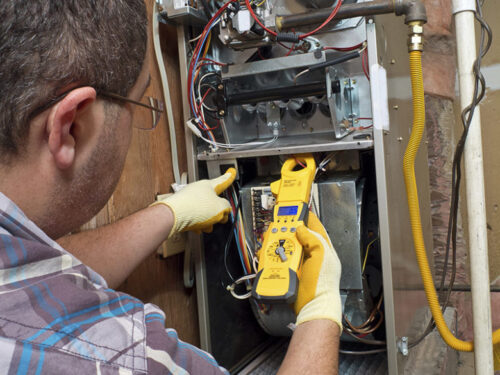
If you start to notice a layer of dust or soot on surfaces in your home or on furniture, an old furnace could be the culprit. Soot and dust buildup is often evidence of dry air which could mean that your furnace is over producing carbon dioxide. This can cause indoor plants to wither and die. Soot and dust can also have a damaging effect on parts of your home’s interior like wood flooring and furniture. If your furnace is emitting too much carbon dioxide, it’s time to replace it.
High Energy Bills and Maintenance Costs
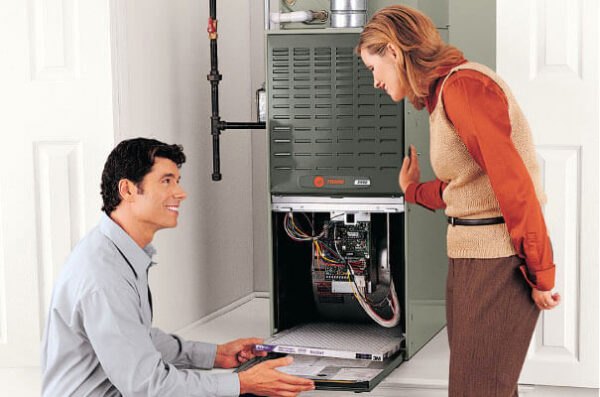
Most furnaces on the market are designed to be energy efficient. This translates to lots of savings on your energy costs as your furnace works to keep your home comfortable while using as little energy as possible. As your furnace ages, you may notice that your monthly energy bills increase due to your furnace consuming more energy to operate. When you notice this, we recommend that you begin to plan to replace your furnace.
Another thing to consider when determining when to replace a furnace is the cost of repairs. If your furnace breaks down and fixing it requires more than half of the amount it would cost to purchase a new one, we recommend you replace your furnace instead of trying to fix an old one.

